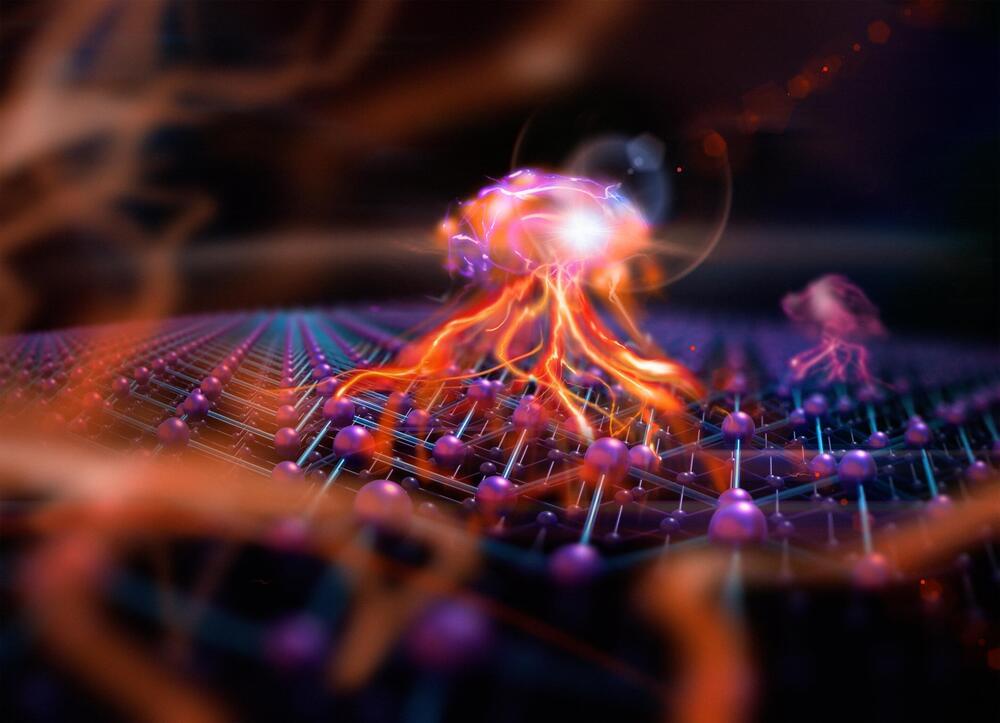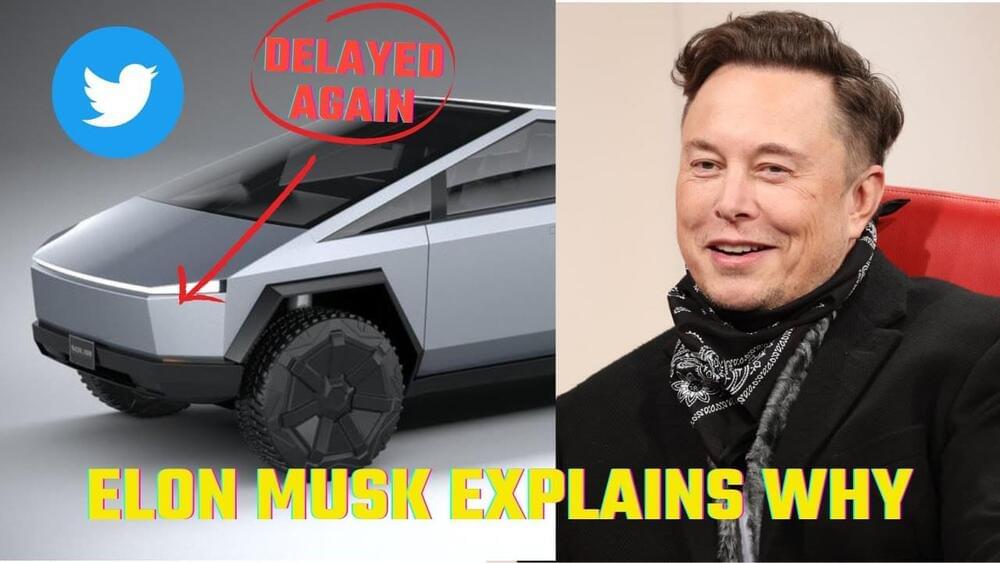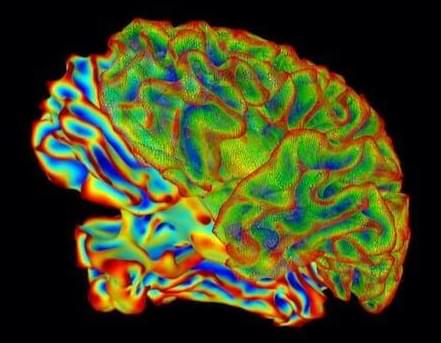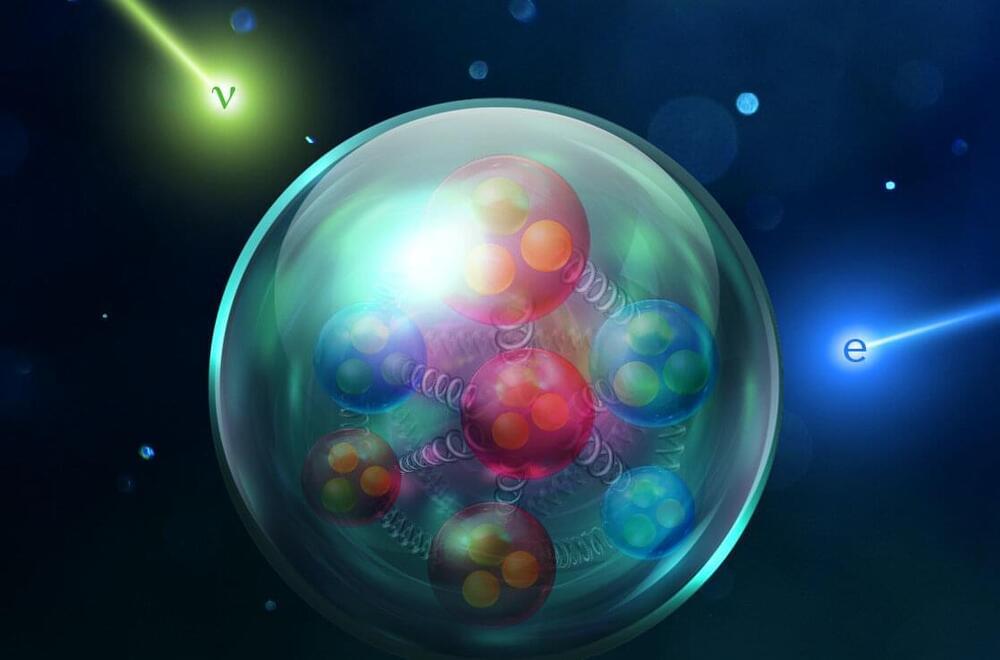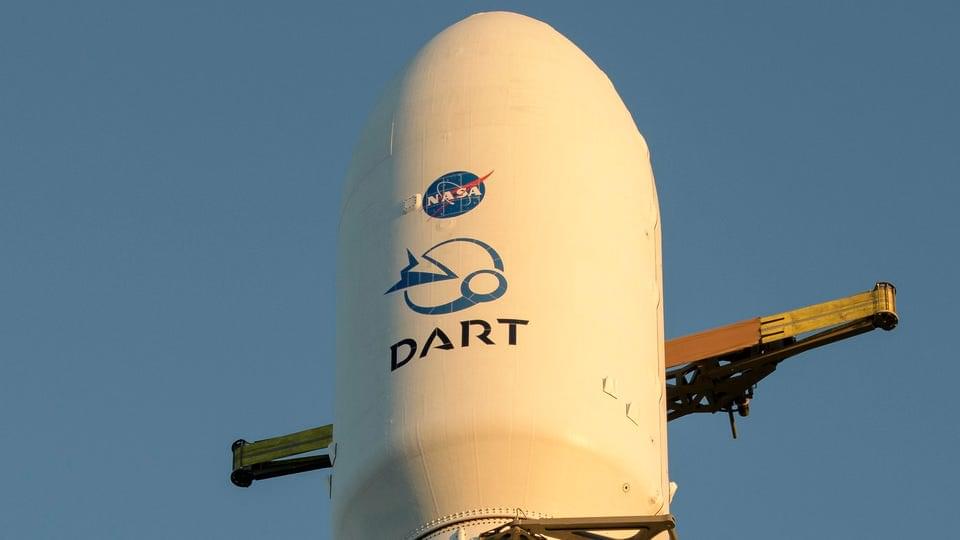Nov 24, 2021
A new artificial material mimics quantum-entangled rare earth compounds
Posted by Quinn Sena in categories: computing, particle physics, quantum physics
Physicists have created a new ultra-thin, two-layer material with quantum properties that normally require rare earth compounds. This material, which is relatively easy to make and does not contain rare earth metals, could provide a new platform for quantum computing and advance research into unconventional superconductivity and quantum criticality.
The researchers showed that by starting from seemingly common materials, a radically new quantum state of matter can appear. The discovery emerged from their efforts to create a quantum spin liquid which they could use to investigate emergent quantum phenomena such as gauge theory. This involves fabricating a single layer of atomically thin tantalum disulphide, but the process also creates islands that consist of two layers.
Continue reading “A new artificial material mimics quantum-entangled rare earth compounds” »
